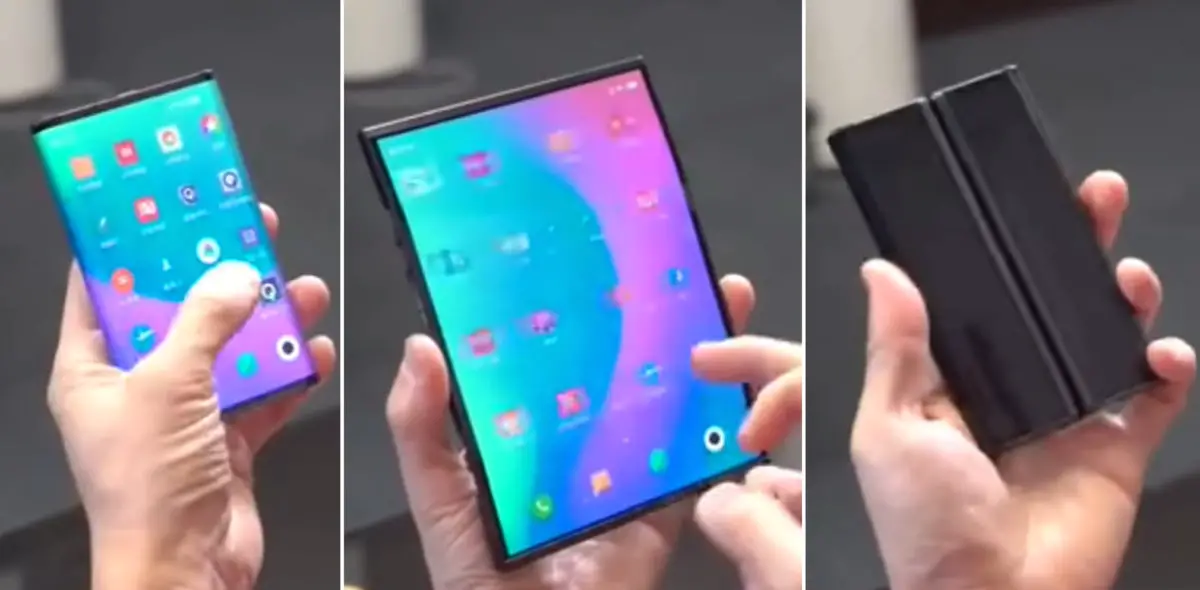Xiaomi just pulled off the most passive-aggressive product launch in smartphone history. They skipped the Xiaomi 16 entirely and jumped straight to the Xiaomi 17 series - launched on September 25th, right before Apple's supposed iPhone 17 announcement.
This isn't just marketing trolling (though it definitely is that). It's Xiaomi saying "we're done chasing Apple's release schedule" and instead forcing everyone else to play catch-up with their timeline.
What They Actually Built
The Xiaomi 17 series comes in three flavors: regular 17, 17 Pro, and 17 Pro Max. All of them pack the new Snapdragon 8 Elite Gen 5 - which is basically Qualcomm's "fuck you" to Apple's A-series dominance.


But here's where it gets interesting: dual external displays. Not the gimmicky always-on display bullshit that Samsung tried. Actual functional screens on both sides of the phone.
I've been skeptical of dual-screen phones since the LG Wing disaster, but Xiaomi's approach is different. Instead of trying to reinvent how we use phones, they're solving actual problems:
- Main camera becomes selfie camera (finally, good selfie photos)
- Always-visible notifications without killing battery life
- Actual multitasking instead of app-switching gymnastics
The Technical Reality Check
The 100W wired charging and 50W wireless isn't just spec-sheet padding. Having used OnePlus phones with similar charging speeds for the last 8 months, it fundamentally changes how you think about battery life. Dead phone to 80% in 15 minutes means never planning your day around charging.
Compare that to iPhone's pathetic 25W charging (when conditions are perfect and the planets align), and you understand why Apple keeps focusing on "all-day battery life" - because their phones take all day to charge. While fast charging can impact battery health, modern phones have thermal management systems that prevent the worst damage.
The Snapdragon 8 Elite Gen 5 benchmarks show impressive performance gains over previous generations. Early tests reveal single-core scores around 3,800 points and multi-core performance over 12,000 points, making it the world's fastest mobile processor.
The Leica partnership for cameras is more than just badge engineering. After using phones with actual camera company collaboration (shoutout to the Hasselblad OnePlus experiment), the difference in color science and dynamic range is noticeable.
Where This Gets Complicated
Here's the problem with dual screens: software. Android 15 wasn't designed for this, and third-party apps sure as hell weren't. Xiaomi's MIUI will handle the basics, but good luck getting your favorite apps to properly utilize both displays. The Android ecosystem readiness remains a major challenge - most apps have only been designed for 4" to 6.5" displays.

I've seen demos that look great, but demos always look great. The real test is whether Instagram stories work properly on both screens, whether games can handle the dual-display setup without crashing, and whether the phone actually fits in your pocket. Testing foldable and dual-screen devices reveals consistent issues with multi-window behavior and app compatibility.
The China-only launch through September 27th means we won't know how this performs in real-world usage until the global launch (supposedly March 2026).
Why This Matters Beyond Specs
Xiaomi's move isn't really about building better phones - it's about forcing the entire industry to stop following Apple's playbook. When you launch the "17" before Apple even announces the iPhone 17, you're making a statement about who sets the pace in mobile tech.
The dual-screen design is either brilliant or completely stupid. There's no middle ground. Either users will love having two functional displays, or they'll realize it's twice as many screens to crack and go back to single-screen phones.
But at least someone is trying something different instead of making the same glass rectangle with incrementally better cameras every year.

